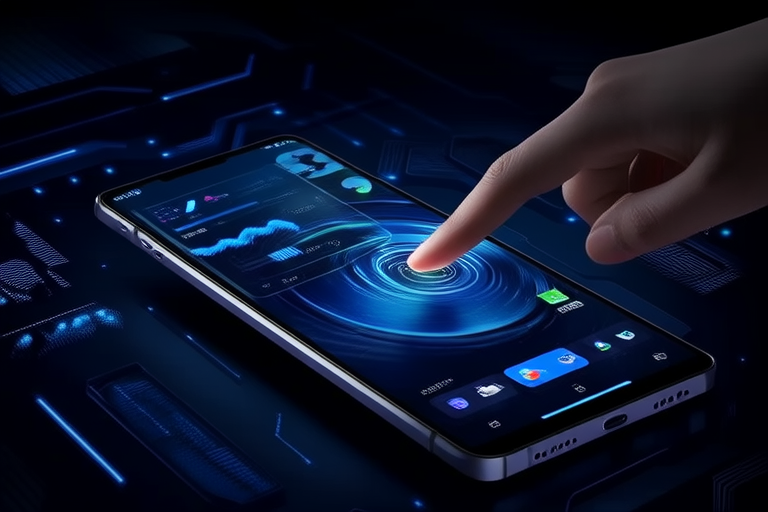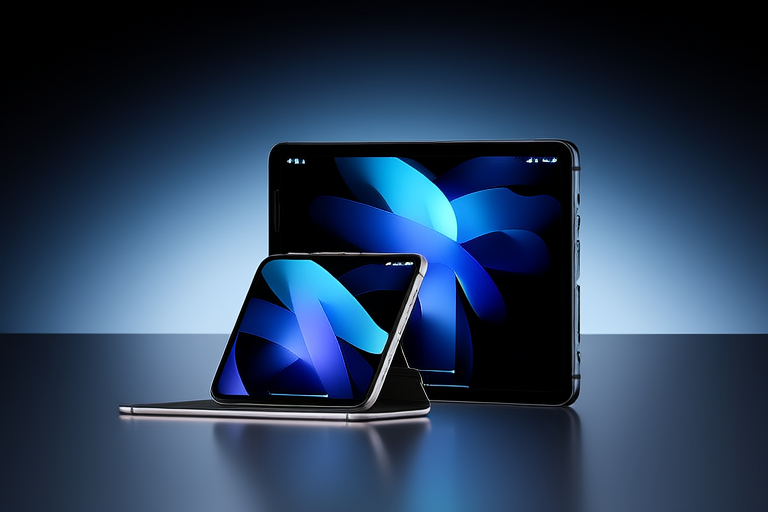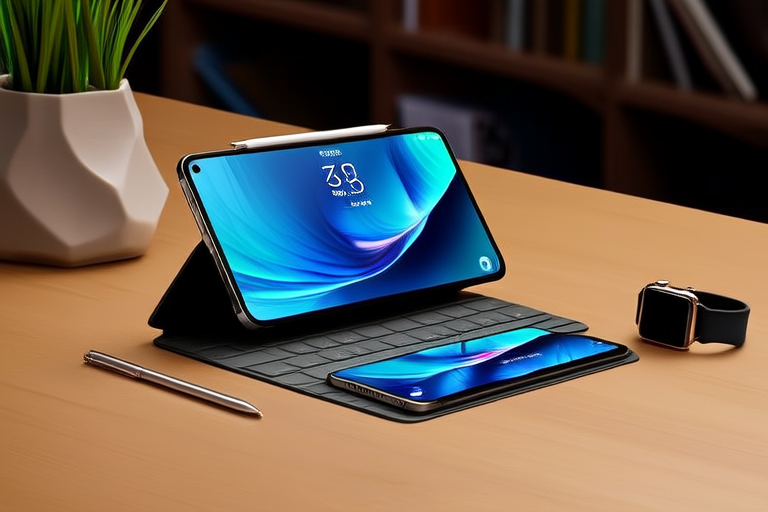Touchscreen Triumphs: Innovations Shaping the Smartphone and Tablet Experience
Introduction:
The rise of touchscreens has revolutionized the way we interact with smartphones and tablets. These interfaces have become an integral part of our daily lives, offering intuitive, seamless experiences that have significantly enhanced user engagement and productivity. From simple tap-and-swipe interactions to complex multitouch gestures, touchscreens have transformed how we communicate, work, and entertain ourselves. This article delves into the evolution and advancements of touchscreen technology, exploring its origins, key innovations, and future prospects.
Early Touchscreen Technology
The journey of touchscreen technology began in the mid-20th century with experimental prototypes. In 1965, E.A. Johnson at the Royal Radar Establishment in England developed one of the earliest touch-sensitive screens. However, it was not until the late 1980s and early 1990s that practical applications emerged. One of the most notable early commercial implementations was the IBM Simon, released in 1994, which featured a touchscreen interface. Although rudimentary by today’s standards, the Simon laid the groundwork for future innovations. The PalmPilot, introduced in 1996, further popularized touch-based input, making it accessible to a broader audience.
The first commercially successful smartphone to feature a touchscreen was the Nokia 7650, launched in 2001. It was followed by Apple’s iPhone in 2007, which dramatically changed the landscape of mobile devices. The iPhone’s multi-touch interface, combined with its intuitive software, set new standards for user experience and paved the way for widespread adoption of touchscreens in consumer electronics.
Advancements in Display Technology
The evolution of display technologies has been pivotal in improving the quality, responsiveness, and energy efficiency of touchscreens. Early touchscreens relied on resistive technology, which required pressure to register inputs. Capacitive touchscreens, introduced in the early 2000s, offered greater accuracy and sensitivity, enabling more precise interactions. Today, capacitive touchscreens are ubiquitous, providing smooth, responsive touch experiences across various devices.
Organic Light-Emitting Diode (OLED) and Active-Matrix Organic Light-Emitting Diode (AMOLED) displays have further elevated the capabilities of touchscreens. OLED screens offer superior contrast ratios, deeper blacks, and wider color gamuts, while also being thinner and more power-efficient than traditional LCD panels. AMOLED, in particular, provides even better performance, with faster refresh rates and improved brightness control. These advancements have not only enhanced visual quality but have also contributed to longer battery life and more immersive user experiences.
Gesture Controls and Multitouch
The development of gesture controls and multitouch capabilities has profoundly transformed user interaction with devices. Multitouch allows users to perform multiple actions simultaneously, such as pinching to zoom or swiping to navigate through menus. Advanced gestures like swipe-to-dismiss notifications or three-finger taps for quick access to specific functions have become common features in modern operating systems.
Gestures have also enabled more natural and intuitive interactions, such as rotating the device to change orientation or using pinch-to-zoom for navigation. These innovations have expanded the possibilities for creative applications, from gaming and entertainment to professional tools and productivity apps. As touch interfaces continue to evolve, we can expect even more sophisticated gestures and interactions that will further enhance user experience.
Haptic Feedback and Sensory Integration
Haptic feedback plays a crucial role in enhancing the tactile experience of touchscreens. By providing physical sensations, such as vibrations or pressure responses, haptic feedback adds an extra layer of engagement and immersion. This technology has been particularly beneficial in gaming, where precise feedback can simulate real-world interactions and improve overall gameplay.
Sensory integration goes beyond haptics, incorporating additional sensory inputs to create richer, more immersive experiences. For example, augmented reality (AR) applications can combine visual, auditory, and tactile elements to provide users with a more comprehensive understanding of their environment. As AR and other advanced technologies continue to develop, we can anticipate even more integrated and interactive sensory experiences that will further engage users.
Future Trends and Innovations
The future of touchscreen technology holds exciting possibilities, including foldable displays, 3D touch, and other emerging trends. Foldable screens, exemplified by devices like Samsung’s Galaxy Fold and Huawei’s Mate X, promise to redefine portability and usability. These flexible displays could enable larger viewing areas without sacrificing compactness, offering new opportunities for content consumption and multitasking.
3D touch technology, which uses force sensors to detect the intensity of touches, opens up new dimensions for interaction. By sensing depth and pressure, 3D touch can provide more nuanced input, enabling advanced features such as dynamic pressure-sensitive controls or context-aware gestures. Other potential innovations include transparent displays, flexible glass, and even touchless interfaces that respond to hand movements or voice commands.
However, these advancements also present challenges, particularly in terms of durability, cost, and user acceptance. As manufacturers continue to push the boundaries of what is possible, they must balance innovation with practicality and affordability to ensure widespread adoption.
Conclusion
In summary, touchscreen technology has come a long way since its inception, evolving from simple resistive screens to advanced capacitive and OLED displays. Gesture controls, multitouch capabilities, and haptic feedback have transformed how we interact with our devices, offering more intuitive and engaging experiences. Looking ahead, foldable displays, 3D touch, and other emerging trends promise to further enhance the user experience, shaping the future of mobile devices.
The ongoing advancements in touchscreen technology underscore its critical role in driving innovation and improving user satisfaction. As we continue to explore new possibilities, the potential for even more immersive and interactive experiences remains vast. Touchscreen triumphs will undoubtedly continue to play a central role in shaping the future of smartphones and tablets.




